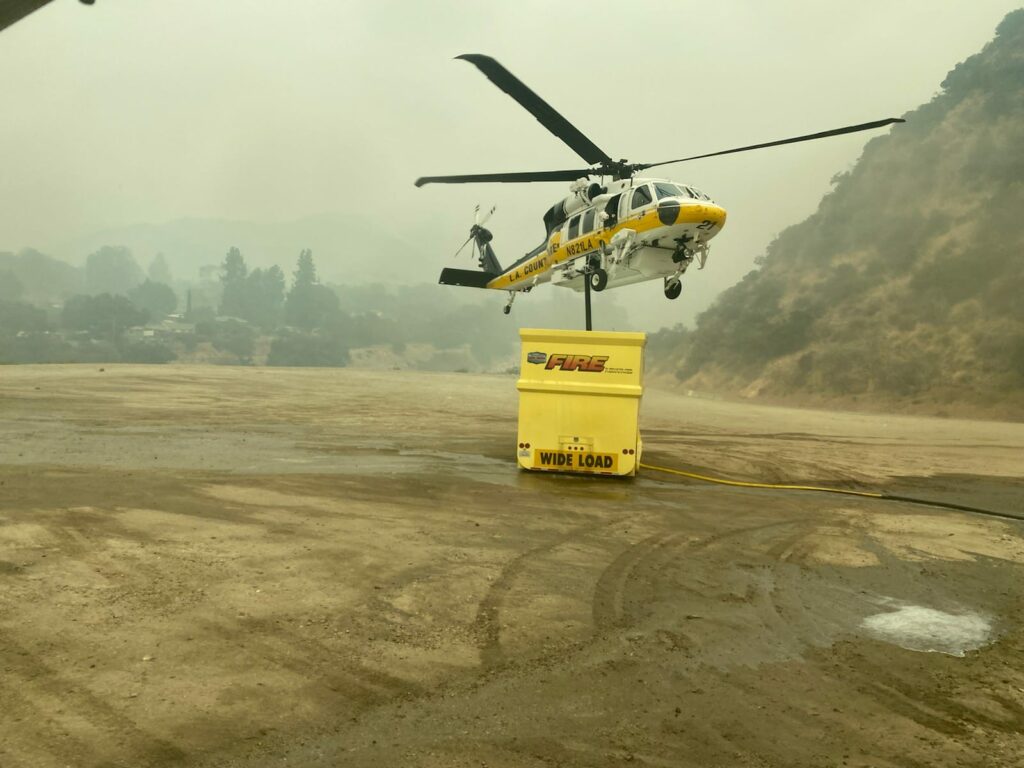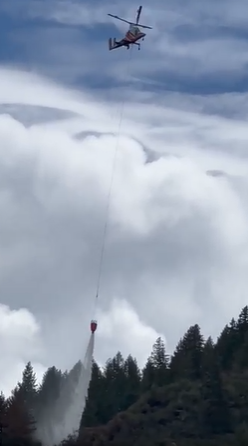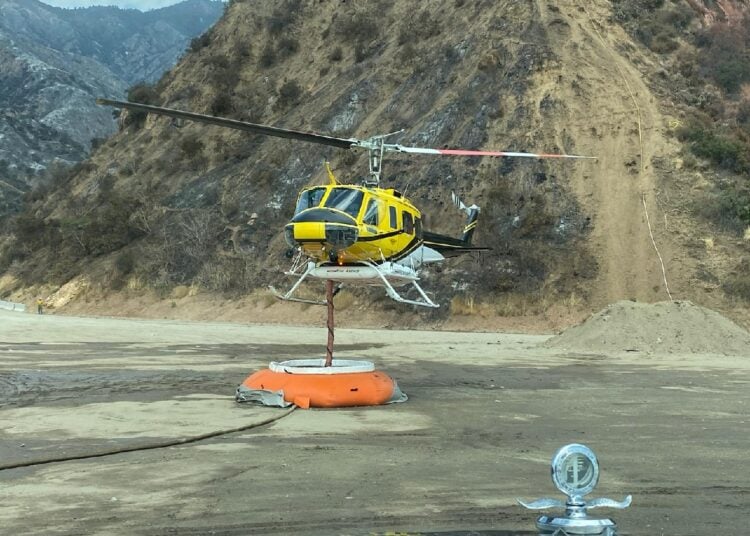As an Air Operations Branch Director and Aviation Program Manager one of my primary focuses was to make sure I was managing risk for aviation missions. There are several ways to manage risk and different tools to help managers as they make decisions. The NWCG Standards for Aviation Risk Management, May 2021 https://www.nwcg.gov/sites/default/files/publications/pms530.pdf is a great resource for managers as they identify and assess hazards. It also explains how to develop controls, make risk decisions, implement controls and supervise and evaluate operations.
 There are three primary levels of risk management; strategic, deliberate and real-time.
There are three primary levels of risk management; strategic, deliberate and real-time.
If possible, it is always best to make risk management decisions when planning aviation operations when the pressure of specific missions does not affect our judgement. It is difficult to not get mission-oriented when fires are destroying property and lives are threatened. Risk management for on-going missions is considered ‘real-time’.
When incorporating the use of BLAZETAMER380™ as a tool, the risk management level is either ‘strategic’ for program managers as they adopt policy, procedures or guidelines or ‘deliberate’ when in the planning phase of a mission.
In a survey of seasoned pilots and Air Attack Group Supervisors who used BLAZETAMER380™ on over 300 wildfires throughout the United States over the past few years it was their overwhelming opinion that water enhanced with BLAZETAMER380™ was more effective than non-enhanced water.

Statement from an ATGS “I can’t quantify if it is 2, 3, or 4 times more effective but there is a noticeable difference in effectiveness compared to straight water and becomes more noticeable the longer the turnaround between loads.”
If BLAZETAMER380™ is twice as effective than non-enhanced water, a simple takeaway is that flight time could be reduced in order to accomplish the mission. Flight time could be cut in half! This would significantly reduce the amount of time pilots are exposed to low-level flights in smoky conditions, in extreme thermals and often-times congested airspace above a fire.
We experienced several accidents in 2022 and several firefighters and pilots have lost their lives in the line of duty. What deliberate actions can be taken to reduce hazards and exposure?
INCORPORATING BLAZETAMER380™ INTO AERIAL FIREFIGHTING WILL REDUCE EXPOSURE
Quicker control of fires reduces fire size. Fewer acres burned reduces exposure of ground firefighters to hazards, such as snags and other common hazards found in the wildland urban interface.

The cost/benefit ratio must be applied when considering risk management. The cost for incorporating BLAZETAMER380™ and any infrastructure, such as dip tanks, is offset through the reduction of flight time that is typically from $4,000-$8,000 per hour for Type I Helicopters. If aircraft are configured with on-board injection equipment costs and logistical complexities can be reduced, resulting in further savings. The ability to save money while reducing exposure by simply changing from use of non-enhanced water to enhanced water is a unique opportunity.
Deliberate and Strategic Risk management does not just happen. Fire / Aviation Managers must be proactive. Plan ahead to locate dip tanks, aircraft that are configured with on-board systems and begin promoting and training firefighters. Inform your team of the value of risk management and work with them to put your plan into action.

BLAZETAMER380™ is approved for use in all types of aircraft; LATs, SEATs, Water-Scooping Fixed Wing, Helicopters with buckets and helicopters configured with tank systems. BLAZETAMER380™ can be procured through current contracts with State Agencies or within the Resource Order System.






